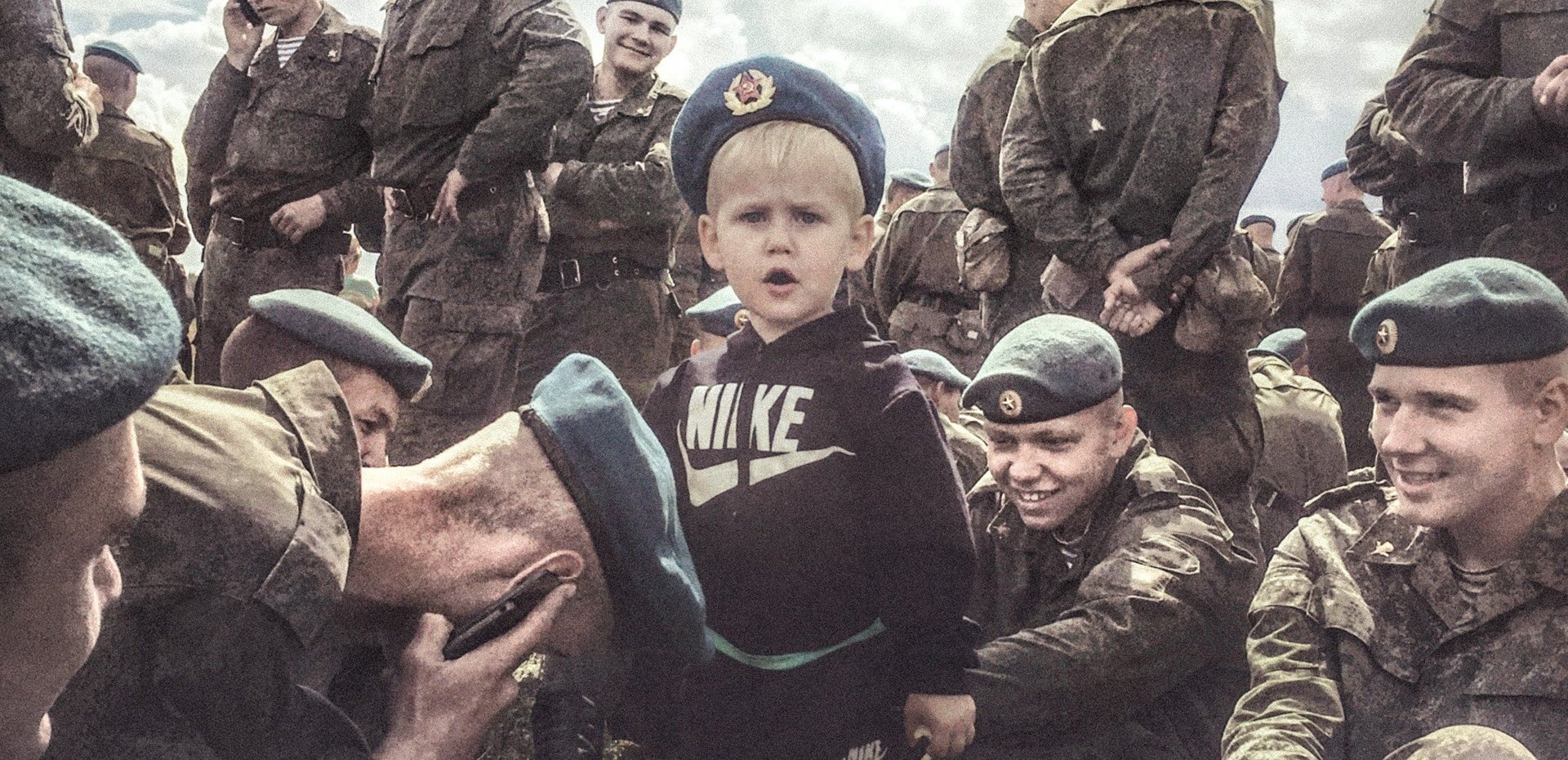These are the stunning, untold stories you should be following on Instagram
If your Instagram feed is suffering from selfie fatigue, then you’re probably following the wrong people. Try adding these three: Ismail Ferdous, Dmitry Markov, and Adriana Zehbrauskas.


If your Instagram feed is suffering from selfie fatigue, then you’re probably following the wrong people. Try adding these three: Ismail Ferdous, Dmitry Markov, and Adriana Zehbrauskas.
These photographers are the winners of the first $10,000 Getty Images Instagram grants, dedicated to in-depth visual or multimedia storytelling on the photo-sharing platform.
Ferdous, Markov, and Zehbrauskas were chosen from among 1,200 contenders. The award money will fund original new projects to ”share stories of underrepresented communities” and to document issues that might be past the peak of media coverage, but deserve long-term attention.
Dmitry Markov—”Awkward Age”
Russian photographer Dmitri Markov grew up in a small, rough industrial town, and embraced journalism early on, at 16, documenting his peers’ struggle with heroin. He left his town at 20, and later on moved to Pskov, where he started working in a boarding school for disabled orphans, who also became the subject of his pictures.
Markov told Quartz that his Instagram account started as a scrapbook of ideas. He mostly posts images of older children who have left the school and now live together in the “Children’s Village,” under adult supervision. ”I am fond of observing regular life and of trying to find beauty in the ordinary,” Markov told Quartz.
Beyond the Children’s Village, Markov’s account shows a clear fascination with youth and childhood, particularly in tough environments:
Adriana Zehbrauskas: “Next of Kin: Family Matters”
Adriana Zehbrauskas, a Brazilian photographer, covered the 2014 Iguala kidnapping in Mexico, when 43 students of Ayotzinapa Rural Teachers’ College were abducted on their way to a protest and later reported dead. In the course of her coverage, Zehbrauskas noticed that many bereaved families didn’t have photos of their missing students, other than official headshots for government documents.
“It’s like they don’t have a past anymore,” the photographer told Quartz. The realization inspired her to pursue the project, Next of Kin: Family Matters, in which Zehbrauskas will use her award money to take color portraits of the children’s families at first, eventually expanding to the entire community, in a project that she hopes will become a “little anthropological project.”
The photographer, who hasn’t yet started the series of portraits, says she also plans to give families printed versions of the photos to keep. ”It’s a way of giving back that’s immediate,” she told Quartz.
Below are some of Zehbrauska’s pictures from of her earlier work in the Guerrero area, where the kidnappings took place.
Ismail Ferdous—”After Rana Plaza”
Based in Dhaka, Bangladesh, Ismail Ferdous was one of the first photographers to reach the scene of the 2013 collapse of Rana Plaza, where over 1,100 people died in the deadliest garment industry accident in history. Since then, he’s been going back to meet survivors of the collapse and victims’ families, documenting life after disaster.
“Photography has a lot to do after something happened,” Ferdous told Quartz, explaining that he intends to dedicate the next year exclusively to documenting of the aftermath of the tragedy.
He has already begun to do this on his Instagram account After Rana Plaza, where he shares pictures of survivors of the collapse, accompanied by recordings of their voices. “I wanted to keep the photo but use the real voice to create a connection,” Ferdous said.
Below are some of his shots from the past year: